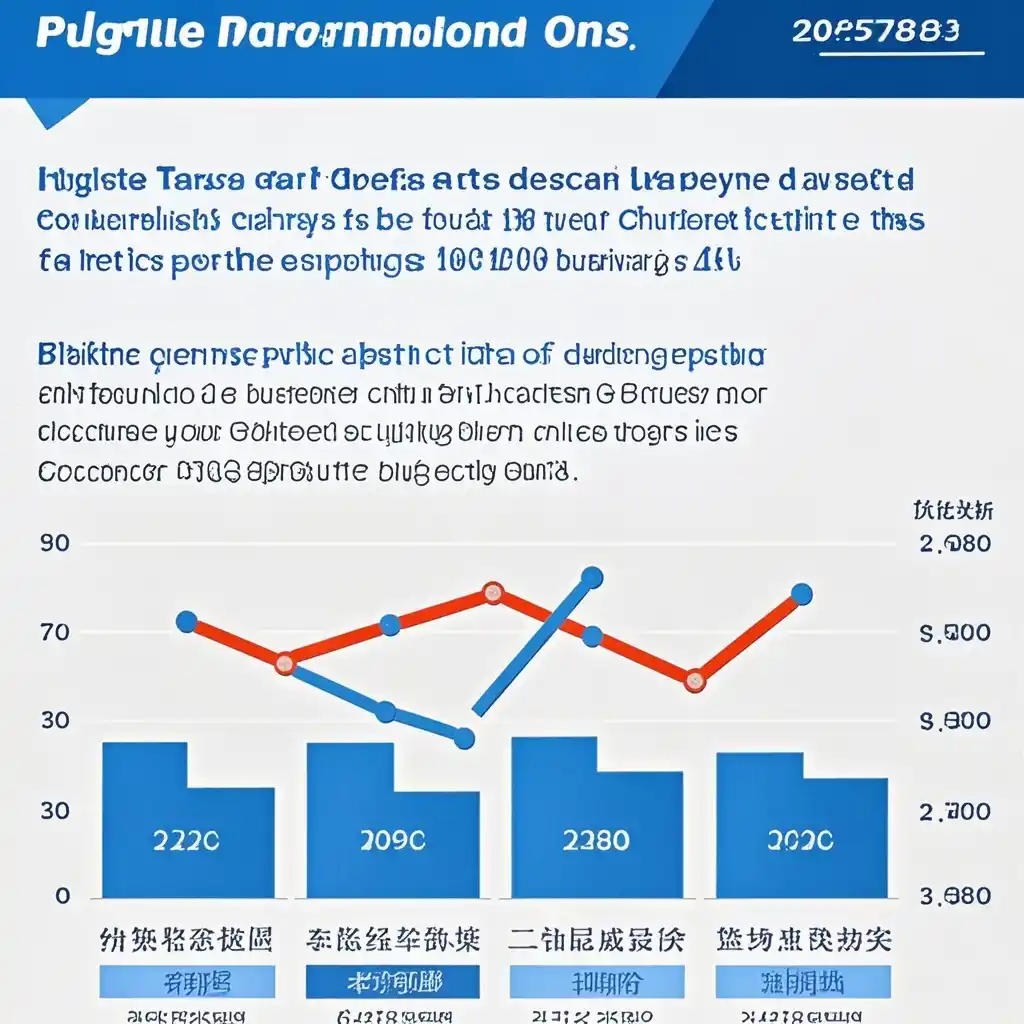

Background
In the global automotive industry, the e - commerce of auto parts has been growing steadily in recent years. It offers a convenient platform for manufacturers, suppliers, and end - users to trade various auto parts. However, the increase in tariffs on intermediate goods such as auto parts has brought significant challenges. For example, according to a recent industry report, the average tariff increase on auto parts in some major trading regions has reached around 10 - 15% in the past two years. This increase in tariffs directly impacts the cost structure of auto parts e - commerce businesses.
Auto parts e - commerce platforms often rely on a global supply chain. Suppliers from different countries contribute to the product variety and cost - competitiveness. With the tariff hikes, the cost of importing auto parts has surged. Take a certain type of engine part as an example. Previously, the cost of importing it from a major overseas supplier was $100 per unit. After a 15% tariff increase, the cost has risen to $115 per unit. This not only affects the profit margins of e - commerce platforms but also may lead to an increase in prices for end - customers.
The Impact of Tariff Increases on Auto Parts E - commerce
1. Cost Increase
As mentioned above, the most direct impact is the cost increase. For e - commerce platforms, they need to either absorb the extra cost, which will squeeze their profit margins, or pass it on to the customers. If they choose to absorb the cost, their ability to invest in areas such as technology upgrades and customer service will be limited. If they pass it on to the customers, it may lead to a decrease in demand. For instance, a study shows that for every 10% increase in the price of auto parts due to tariffs, the demand from individual consumers may drop by about 5 - 8%.
2. Supply Chain Disruptions
Tariff increases can also disrupt the supply chain. Some suppliers may find it unprofitable to continue exporting to certain regions due to the high tariffs. This can lead to a shortage of certain auto parts on the e - commerce platforms. A survey of auto parts e - commerce businesses found that about 20% of them have experienced supply shortages of key parts after the tariff hikes. This not only affects the normal operation of the platforms but also disappoints customers who cannot get the parts they need in time.
3. Competitive Disadvantage
In the global market, auto parts e - commerce platforms in regions with high tariffs may face a competitive disadvantage compared to those in regions with lower tariffs. For example, a platform in a high - tariff region may have to charge higher prices for the same parts compared to a platform in a low - tariff region. This can lead to a loss of market share to competitors in more favorable tariff environments.
Alternative Procurement Strategies
1. Local Sourcing
One alternative is to increase local sourcing. By partnering with local manufacturers and suppliers, e - commerce platforms can reduce their dependence on imported parts. For example, in some countries, the local auto parts manufacturing industry has been developing rapidly. Data shows that the quality of locally - sourced parts has improved significantly in recent years. In a particular region, the proportion of e - commerce platforms that have increased local sourcing has risen from 30% to 40% in the past year, which has effectively reduced their cost and supply chain risks associated with tariffs.
2. Strategic Inventory Management
E - commerce platforms can also implement strategic inventory management. Before the tariff increases take effect, they can stock up on parts at a lower cost. Although this requires some capital investment upfront, it can help to mitigate the impact of tariff - induced cost increases in the short - to - medium term. For instance, some large e - commerce platforms have increased their inventory levels of key auto parts by about 30 - 50% in anticipation of tariff hikes, which has enabled them to maintain stable prices for a certain period.
3. Diversifying Suppliers
Instead of relying on a few major suppliers, especially those from regions with high tariffs, platforms can diversify their supplier base. They can explore suppliers from emerging economies or regions with preferential trade agreements. A case study shows that an auto parts e - commerce platform that diversified its suppliers reduced its overall cost by about 8% within a year, mainly by sourcing from new suppliers in regions with lower tariffs or other cost advantages.
Summary
The increase in tariffs on auto parts has had a significant impact on the e - commerce of auto parts, including cost increases, supply chain disruptions, and competitive disadvantages. However, through alternative procurement strategies such as local sourcing, strategic inventory management, and diversifying suppliers, e - commerce platforms can mitigate these impacts to a certain extent. It is crucial for auto parts e - commerce businesses to continuously adapt to the changing tariff environment and optimize their procurement strategies to ensure their long - term viability and competitiveness in the market.